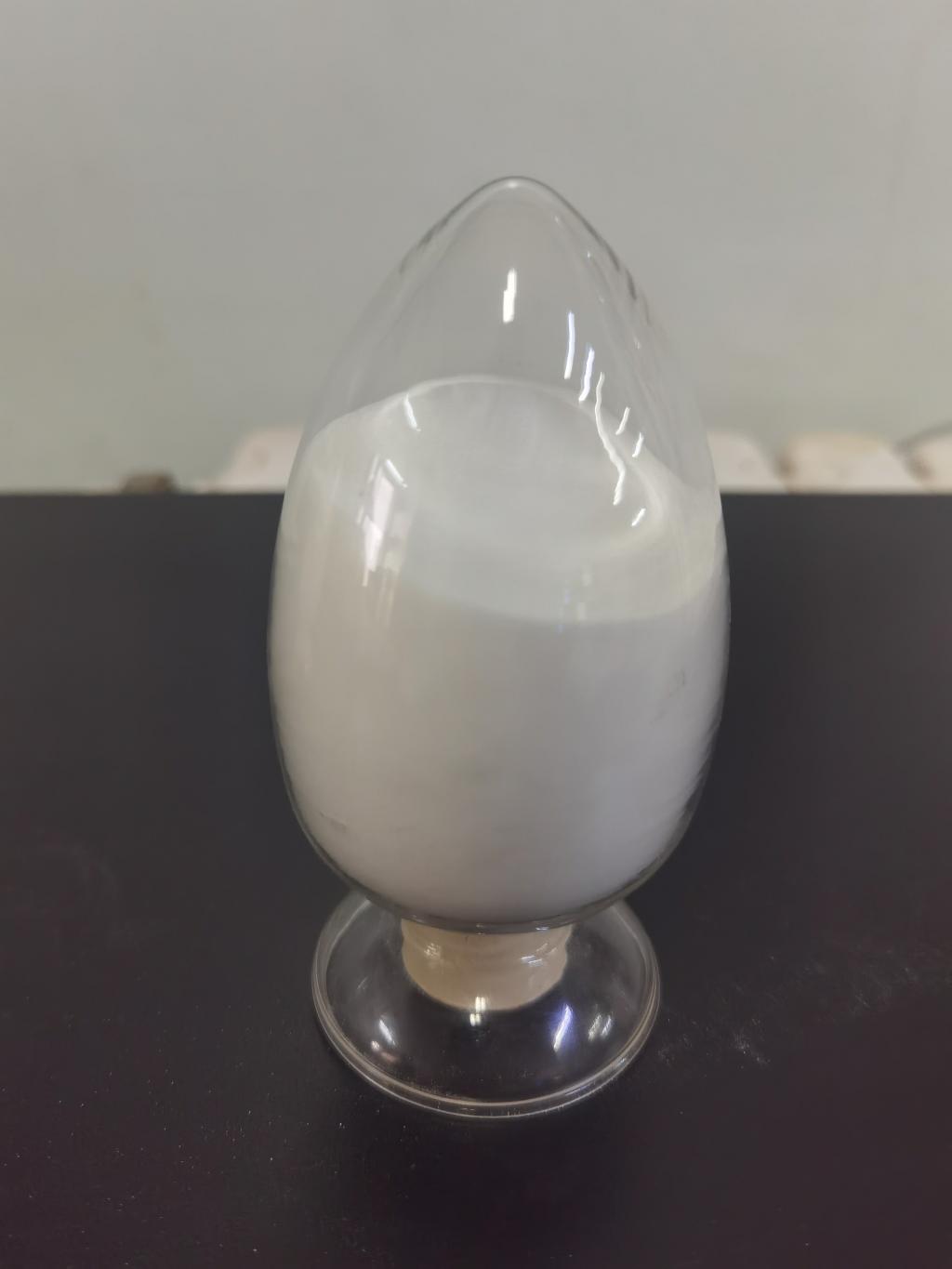Tel:0086 18231198596

News
Current Position:
Home >
News
>Mechanism of action of ε-Polylysine hydrochloride against foodborne pathogens.
Mechanism of action of ε-Polylysine hydrochloride against foodborne pathogens.
TIME:2024-05-08
Interactions with Microbial Membranes:
One of the primary mechanisms of action of ε-Polylysine hydrochloride against foodborne pathogens involves interactions with microbial membranes. ε-Polylysine hydrochloride is a cationic polypeptide that binds to microbial cell membranes through electrostatic interactions. Once bound, it disrupts membrane integrity, leading to leakage of cellular contents and ultimately cell death. The selective targeting of microbial membranes by ε-Polylysine hydrochloride contributes to its broad-spectrum antimicrobial activity against various foodborne pathogens, including bacteria, yeasts, and molds.
Inhibition of Cellular Processes:
In addition to its effects on membrane integrity, ε-Polylysine hydrochloride inhibits essential cellular processes in foodborne pathogens. It interferes with microbial cell wall synthesis by binding to peptidoglycan precursors, preventing their incorporation into the growing cell wall. This disruption of cell wall synthesis weakens the structural integrity of bacterial cells and enhances their susceptibility to osmotic stress and other environmental factors. Additionally, ε-Polylysine hydrochloride may interfere with intracellular enzymes and metabolic pathways, further contributing to its antimicrobial effects.
Impact on Bacterial Physiology:
Beyond its direct effects on membrane integrity and cellular processes, ε-Polylysine hydrochloride exerts broader impacts on bacterial physiology. Studies have shown that ε-Polylysine hydrochloride can disrupt membrane potential, interfere with ATP synthesis, and induce oxidative stress in foodborne pathogens. These multifaceted effects on bacterial physiology contribute to the efficacy of ε-Polylysine hydrochloride in inhibiting the growth and survival of foodborne pathogens, even in challenging environments.
Implications for Antimicrobial Strategies:
Understanding the mechanism of action of ε-Polylysine hydrochloride against foodborne pathogens provides valuable insights for the development of novel antimicrobial strategies. By elucidating the specific molecular targets and pathways affected by ε-Polylysine hydrochloride, researchers can design more effective antimicrobial agents with improved efficacy and reduced risk of resistance development. Additionally, the synergistic effects of ε-Polylysine hydrochloride with other antimicrobial agents or treatments offer opportunities for combination therapies to enhance antimicrobial efficacy and overcome resistance mechanisms.
Conclusion:
ε-Polylysine hydrochloride exerts its antimicrobial effects against foodborne pathogens through multiple mechanisms, including interactions with microbial membranes, inhibition of cellular processes, and broader impacts on bacterial physiology. Understanding these mechanisms provides valuable insights for the development of novel antimicrobial strategies to enhance food safety and prevent foodborne illnesses. By harnessing the antimicrobial properties of ε-Polylysine hydrochloride, researchers and food industry professionals can work towards reducing the prevalence of foodborne pathogens and ensuring the safety and quality of food products for consumers.

 CONTACT
CONTACT




